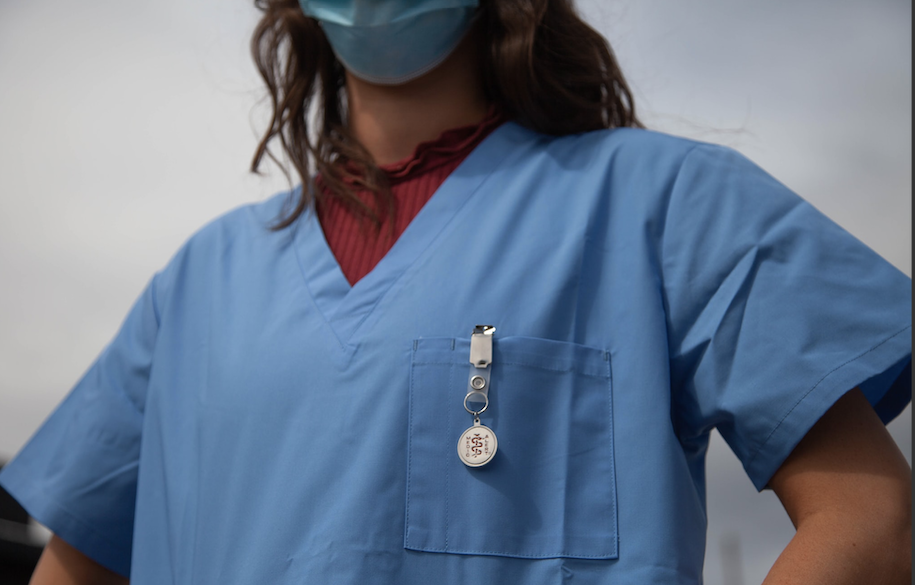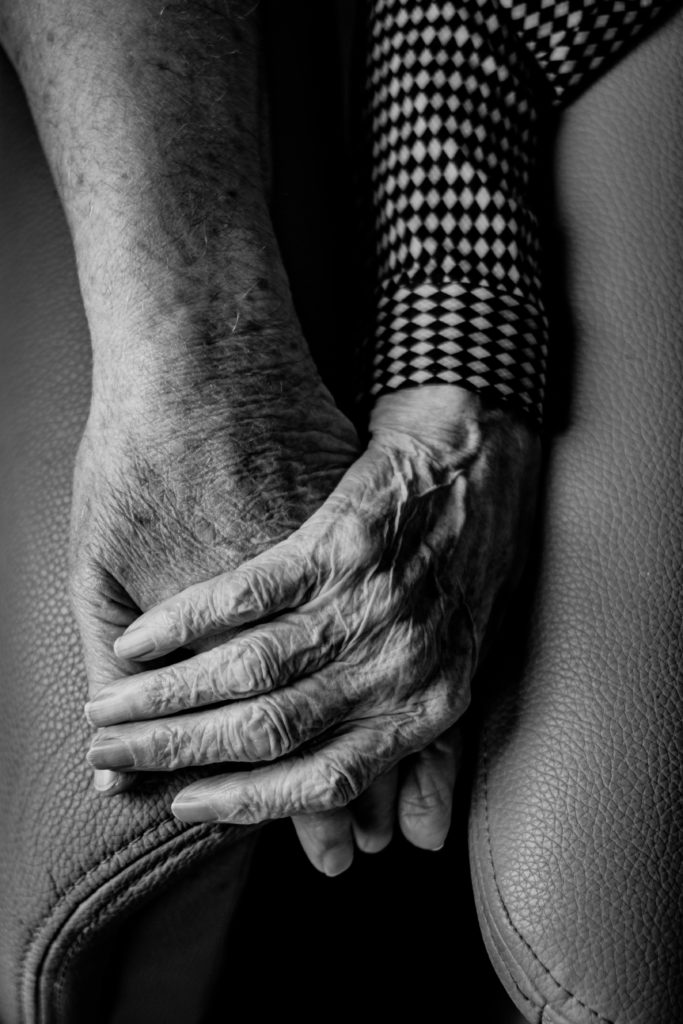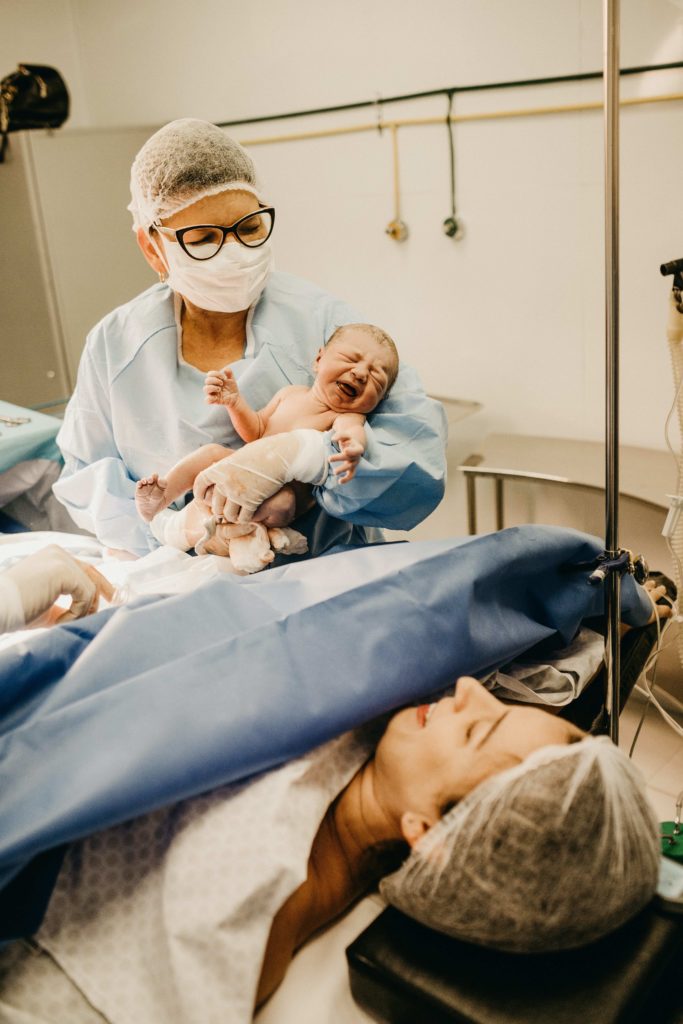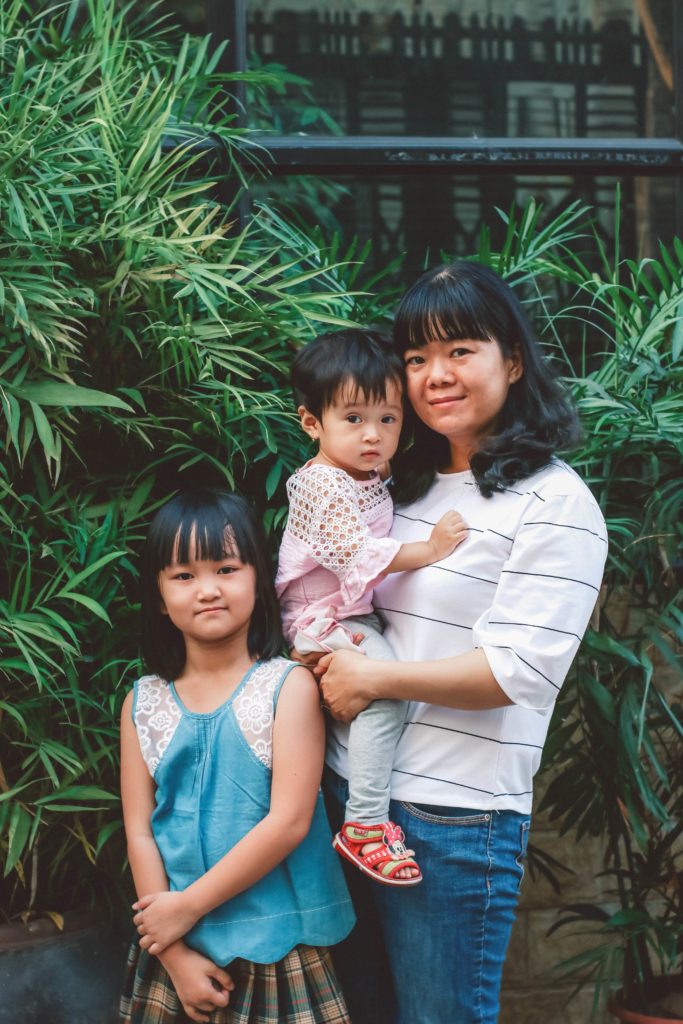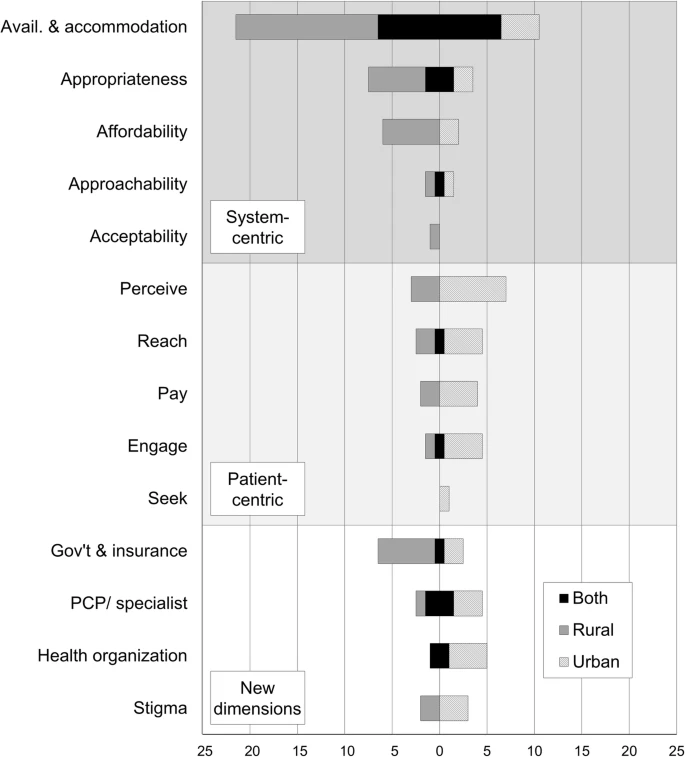Anna Nunag
27 March 2023
Mission trips to South America. Independent student research. Leadership positions. Summer volunteering. These are the ways applicants try to demonstrate to medical schools that they are well informed individuals, with a commitment to research and serving the humanity of others.
One consistent theme throughout this module has been the need for a change in culture for both current physicians and medical students entering the workforce. Students are assessed at a high standard to get into medical school, but how is this same well-roundedness fostered once applicants are accepted into medical school?
I looked into current stances of how these assets are addressed in medical schools, and while it varies from school to school, efforts are being made to put in place ways for medical schools to help their students foster research and awareness for rare diseases, public health concerns, and empathetic interactions with patients.
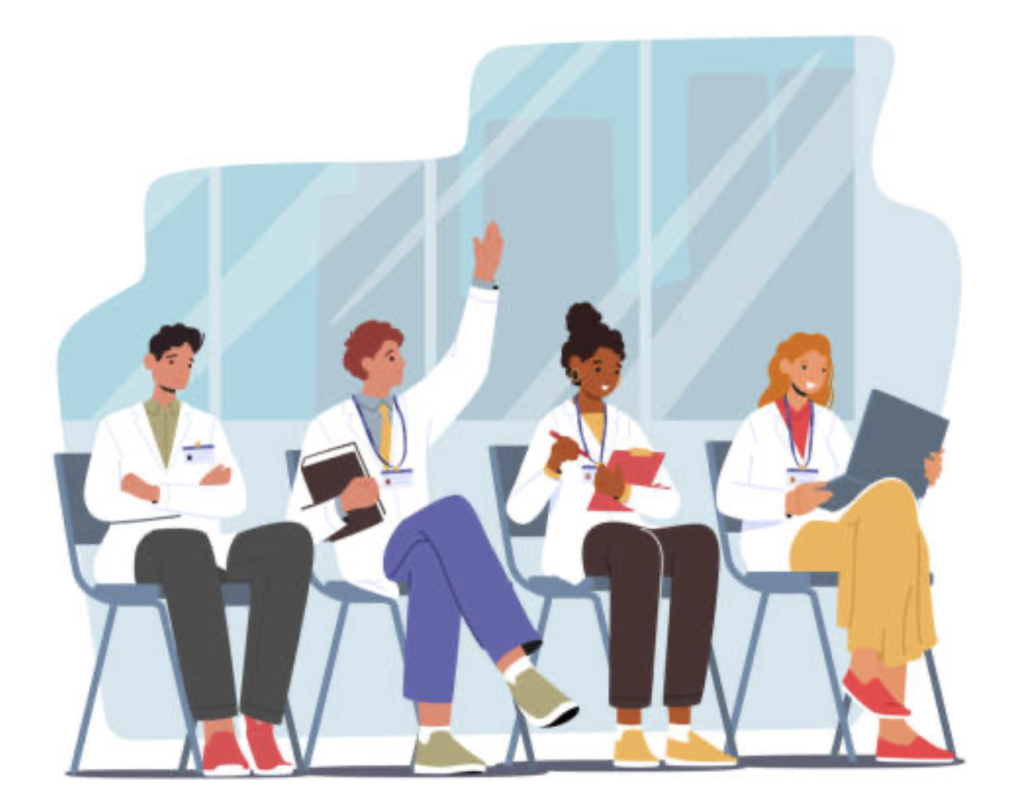
Awareness for Rare Disease
One improvement in the medical field that this module has shown light on is the lack of research and awareness for Rare Diseases (RDs).
According to the World Health Organization (WHO), 400 million individuals are living with rare diseases and from a study surveying preclinical medical students, 92% feel “ill-prepared to provide rare disease care” (Ayyappan, et. al, 2022).
…from a study surveying preclinical medical students, 92% feel ‘ill-prepared to provide rare disease care’
For example, Chronic Fatigue Syndrome or CFS is one contested illness, defined as an “experience [of] incapacitating fatigue” and “symptoms [persisting] for at least six months and cannot be explained by any other diagnosis” (Walker: 2012).
CFS is “without clear biomedical indicators” and shares many variable symptoms with other diseases, making it hard to pinpoint and define, and difficult to conduct clinical research trials on, ultimately leading to stigma around this contested illness (Walker: 2012).
An article in the Journal for Vascular Anomalies, tactics of how medical schools could incorporate rare disease into curriculum while acknowledging the difficulty in diagnosing these contested diseases with no explicit etiology or symptoms.
These tactics include teaching an adequate vocabulary surrounding RDs and keeping students informed on research efforts, and some schools and student groups are pioneering this effort
For example at the University of Pennsylvania, student leaders of the ‘Rare Disease Interest Group’ have created an elective course containing “rare disease-specific information”, incorporating current RD research into lectures, and “training students to recognize rare diseases and to be cognizant of the unique needs and experiences of rare disease patients” (Ayyappan, et. al, 2022).
Some medical schools are making progress by offering RD in the form of an elective, but it is not a mandatory requirement standardized over all medical schools.
Many medical schools are also distinguished research institutions, and RDs can be one area of investigation that is incorporated into curriculum so that more medical students feel confident and informed enough to tend to this patient population.
Public Health discussions
Next, demonstrating that an applicant is well-informed or involved in their community is an important factor for applicants, but these values are not fostered to the same extent in the actual curriculum.
According to an article from the National Institutes of Health, curriculum is a reflection of how “most institutions are evaluated on the basis of molecular science curricula and student performance is assessed via standardized testing on molecular science” rather than ‘relevant disciplines’ of public health concerns such as socio-economic and socio-ecological influences on health in communities (Rao, et al, 2020).
As the United States population is living longer and becoming increasingly diverse, this creates an increasing need for physicians to have an understanding of socio-economic factors and a “cultural competence” (Rao, et al, 2020) in order to treat the “complex root causes of illness” in this future patient population.
“…the United States population is living longer and becoming increasingly diverse”
The Crawford article, “Health as a meaningful social practice,” addresses one public health theme by arguing for the way in which health in the United States has become a form of social control, reinforcing social norms rather than taking into account societal factors and disparities that exist between communities.
The Crawford article argues that health is viewed as personal responsibility rather than a reflection of socio-economic situation.
This is seen through how “white, middle class Americans [are] privileged in being able to adopt healthy lifestyles, “ (Crawford: 2006) because they have adequate resources to maintain their health.
On the flip side, those from a poorer demographic and more likely to be in worse health and this is not a reflection of personal failure according to Crawford because of the role of societal factors in personal health.
This understanding of health as a form of social control is just one public health point of discussion that can be analyzed in medical school. This would allow for future physicians to both understand a patient population through the context of societal factors, but also understand how a patient grapples with their health in a society that views it is the fault of the individual.
Tools for patient-doctor interactions
Lastly, empathy is another character element that medical schools like to see evidence of, and ‘delivering patient centered care’ is often a key term used in medical schools mission statements.
Still, there are no standardized efforts across medical schools that directly address appropriate tools to empathize and approach patients grappling with their chronic illnesses.
The article “Illness Narratives” describes the stigma that chronically ill people face and other stresses that patients and their families experience as a result of illness.
The article describes the important role that practitioners have in controlling the fear or anger, “[restoring] confidence in body and self” and, “[educating] sick persons to escape both excessive feelings of guilt over failures in life activities and jealousy towards others” (Kleinman: 1988).
For example, in the “Illness Narratives,” a patient with severe eczema felt shamed standing in front of physicians and their medical students inspecting his body. He felt shamed and exposed as a result of the physicians being insensitive to his privacy and respect.
Empathy to address these interactions is not a ‘hard science’ that can be taught or tested, but may come through experience and being better informed on how the effects of illness are felt by a patient and their family and how they internalize the societal stigma placed on a patient.
“…how the effects of illness are felt by a patient and their family and how they internalize the societal stigma placed on a patient”
A course that directly addresses the importance of empathy in patient-physician interactions is not standardized, but it is possible that some schools may offer electives, such as at Temple University (Ayyappan, et. al, 2022). At this medical school part of the curriculum is having students practice interacting with patients with disabilities such as volunteer patients with congenital muscular dystrophy, with the goal that “such initiatives would humanize rare disease, training students to consider in addition to biological and clinical data, the human that lies beneath” (Ayyappan, et. al, 2022).
While offering an elective is making progress, it does not allow for appropriate tools for all future physicians expected to deliver ‘patient centered care’ and approach a patient grappling with their disease.

Across all medical schools, there is no standardized way that Rare Diseases, public health, and strategies to approach patients are addressed.
Continuing Medical Education may not be realistic avenue to change the way physicians think and what they value, so this proposal might be most effective by targeting the future medical doctors at the lowest level: medical schools.
The medical school curriculum should show that they are committed to developing well rounded, future physicians to reflect how they are valued in medical school applications in an evolving patient population.
Works Cited
Gawande, A. (2017). The Heroism of Incremental Care. The New Yorker.
Ayyappan, V., et. al.(2022). Spotlighting Zebras: A Role for Medical Students in Shaping Rare
Disease Care. Journal of Vascular Anomalies. https://journals.lww.com/jova/Fulltext/2022/03000/Spotlighting_the_Zebras__A_Role_for_Medical.4.aspx.
Walker, J. (2012). Researching Contested Illnesses: The Case of Chronic Fatigue Syndrome \(CFS). Boston University School of Medicine.
Rao, R, et al. (2020). The Evolving Role of Public Health in Medical Education. National Institutes of Health. https://www.ncbi.nlm.nih.gov/pmc/articles/PMC7344251/.
Crawford, R. (2006). Health as a Meaningful Social Practice. An Interdisciplinary Journal for the Social Study of Health Illness and Medicine.
Kleinman, A. (1988). Illness Narratives: Suffering, Healing, and the Human Condition.

